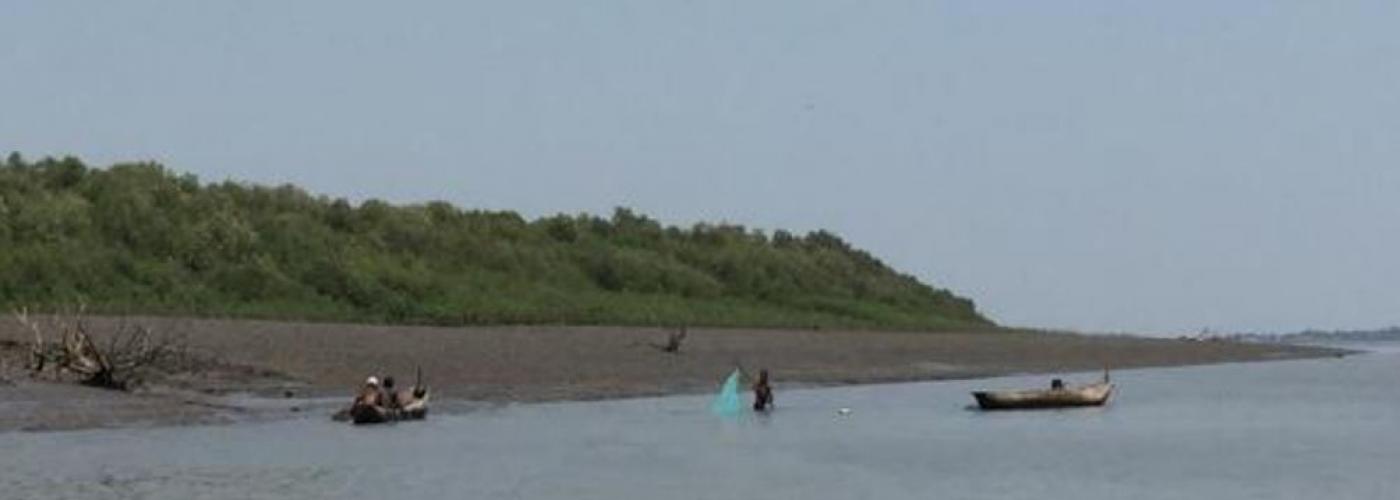Cost-benefit Analysis Of Mangrove Restoration For Coastal Protection And An Earthen Dike Alternative In Mozambique
Image

The Climate Economic Analysis for Development, Investment, and Resilience (CEADIR) Activity conducted a cost-benefit analysis (CBA) with financial support from USAID/Mozambique and the USAID Global Climate Change Office in Washington DC. The purpose of this analysis was to inform the decisions of the USAID/Mozambique-funded Coastal City Adaptation Project (CCAP) and the Government of Quelimane to protect the most climate-vulnerable residents in the peri-urban areas of this coastal city from climate change risks. This city and others along the coast of Mozambique are highly vulnerable to sea-level rise, cyclones, flooding, and erosion (World Bank 2011). The CCAP project focused on the Icídua and Mirazane communities after consultation with the municipal government.
This study estimated the costs and benefits of mangrove restoration and an earthen dike alternative to reduce coastal flooding to protect the residents of these two communities. The analysis used CCAP data on the economic and environmental costs and benefits of mangrove restoration and evaluated it against the costs and benefits of a simple, earthen dike alternative. CEADIR conducted the CBA in a Microsoft Excel workbook that serves as a companion to this report (Cooley et al. 2017). This workbook allows users to adjust the assumptions in the analysis and examine additional scenarios. The Excel analysis is available for download through this zip folder.
The CBA quantified the potential costs and benefits of mangrove restoration and an earthen dike in monetary terms to help determine whether one adaptation option would be preferable in the study area. The study area for this analysis included the peri-urban communities of Icídua and Mirazane s Quelimane City. The study area encompasses 745 hectares (ha) of land, including 22 ha selected for potential mangrove restoration that the city has designated as a protected area. The total population of Quelimane was 192,876 in the last census in 2007. Icídua and Mirazane along the Rio dos Bons Sinais had a population of approximately 9,100 in 1,817 households (DPTADER 2014).
CEADIR developed three scenarios:
- A “without-project” scenario with no additional coastal adaptation measures (business as usual) and higher costs from storm damage to the houses;
- A mangrove restoration project that included replanting of mangrove seedlings on 22 ha of elevated riverbank and coastal flood plains near Icídua and Mirazane; and
- A 5,000-meter earthen dike around the perimeter Icídua and Mirazane, to protect the communities from flooding after storms.
For each scenario, CEADIR estimated costs and benefits using primary data from field visit interviews with key stakeholders and community members and benefit-transfer methods, and secondary data from a literature review.

